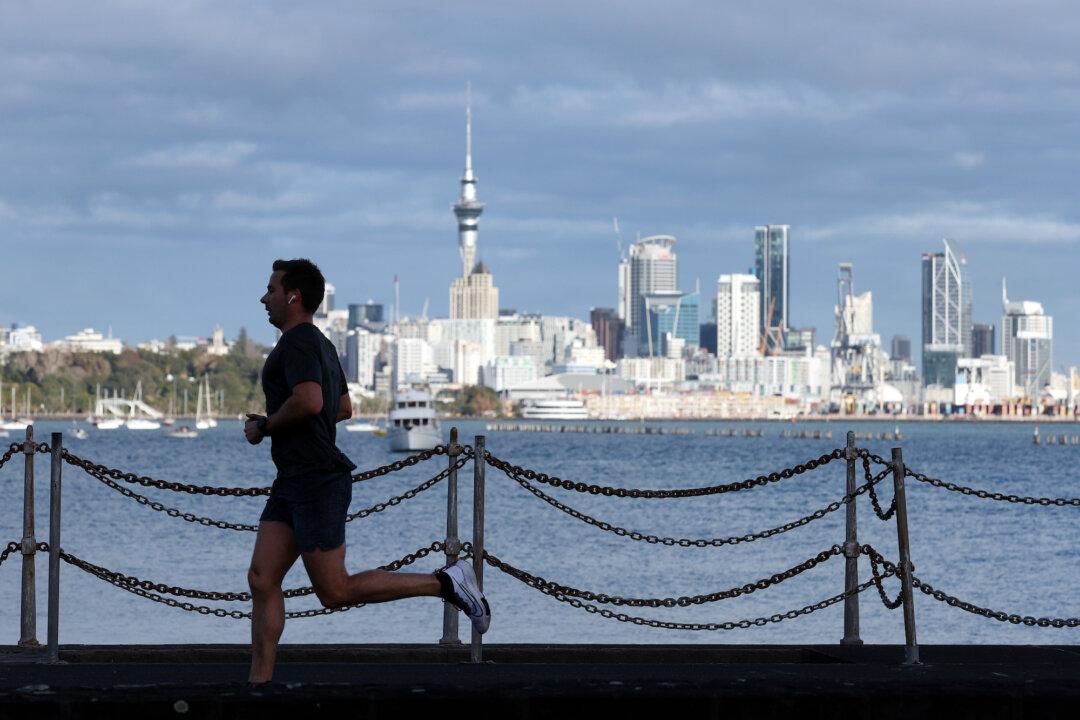New Zealand (NZ) could have significantly lower carbon steel production after announcing that the country’s largest emissions reduction project entered the execution phase on Sept 8.
The NZ government first announced the project with New Zealand Steel in May. The partnership allowed the government to co-fund the installation of the country’s largest emissions reduction project—Electric Arc Furnace. Production is expected to start mid-2026, aligning with the agreed commissioning milestones.





